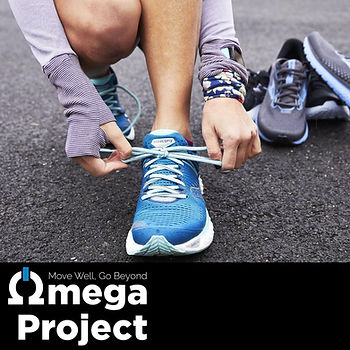Have you been thinking about getting more cushioned shoes? Here are some things to consider.
When to get more cushion:
- Cushioned shoes can be beneficial to help absorb shock when the joints are unable to do so. We always want to try and improve mobility and strength, first. However, there are certain situations in which we can no longer absorb shock efficiently (i.e. severe knee osteoarthritis, stiff foot type, etc.)
- Cushioned shoes can also be beneficial for prolonged standing hours on hard surfaces (i.e. nurse/doctor, teacher).
REASONS TO PROCEED WITH CAUTION BEFORE ADDING MORE CUSHION:
Don’t rush into getting a cushioned shoe if:
🤔 You’re saying: “My back hurts” “My knee hurts” “My (insert here) hurts”
🧐 If you’re saying: “I feel like I need more cushion.”
Cushioning may seem like the easy answer, but it’s often not the best solution for you. Keep reading to learn why cushioning isn’t always the answer.
What you need to know before getting More cushion:
👣 Our feet provide valuable feedback between the ground and our brains. In fact, they provide the only feedback between the ground and our brain. They have specific receptors that help the body determine how hard we are hitting the ground. This then helps prepare our muscles to absorb that force. The receptors accomplish this through vibration. Natural surfaces such as wood and grass vibrate more than unnatural surfaces such as asphalt. Concrete does not vibrate at all. The more that we have between our feet and the ground, the less feedback we get. Adding cushion and orthotics greatly diminishes the feedback we get from the ground.
👣 It’s not about how HARD we hit the ground, it’s about whether our body knows how to respond to it through its own shock absorption methods.
👣 Research has shown that the more you put between the foot and the ground, the more force the body absorbs. Peak knee flexion actually decreases, indicating a stiffening of the joints to help absorb the extra load. Think of the body like a spring. You want the body to have a certain amount of rebound. If the spring is too stiff, this can lead to injury. We can show this using the RunDNA 3D Gait Analysis.
👣 Cushioned shoes often have increased overall stack height (the amount of shoe that’s under your foot). If you are prone to rolling your foot or already have balance/stability issues, a cushioned shoe can exacerbate this.
Cushioned shoes may be right for you, but we’d suggest reaching out to a running gait specialist to see if it’s right for you, especially if you’re considering a change because you’re injured.
If you do decide to go with a more cushioned shoe, give yourself time to adapt to the shoe so that your body can adapt to the change in the force it is dealing with when you land. Also, since we recommend using a variety of shoewear, you can add a cushioned shoe into your rotation of shoes and see how they feel.

